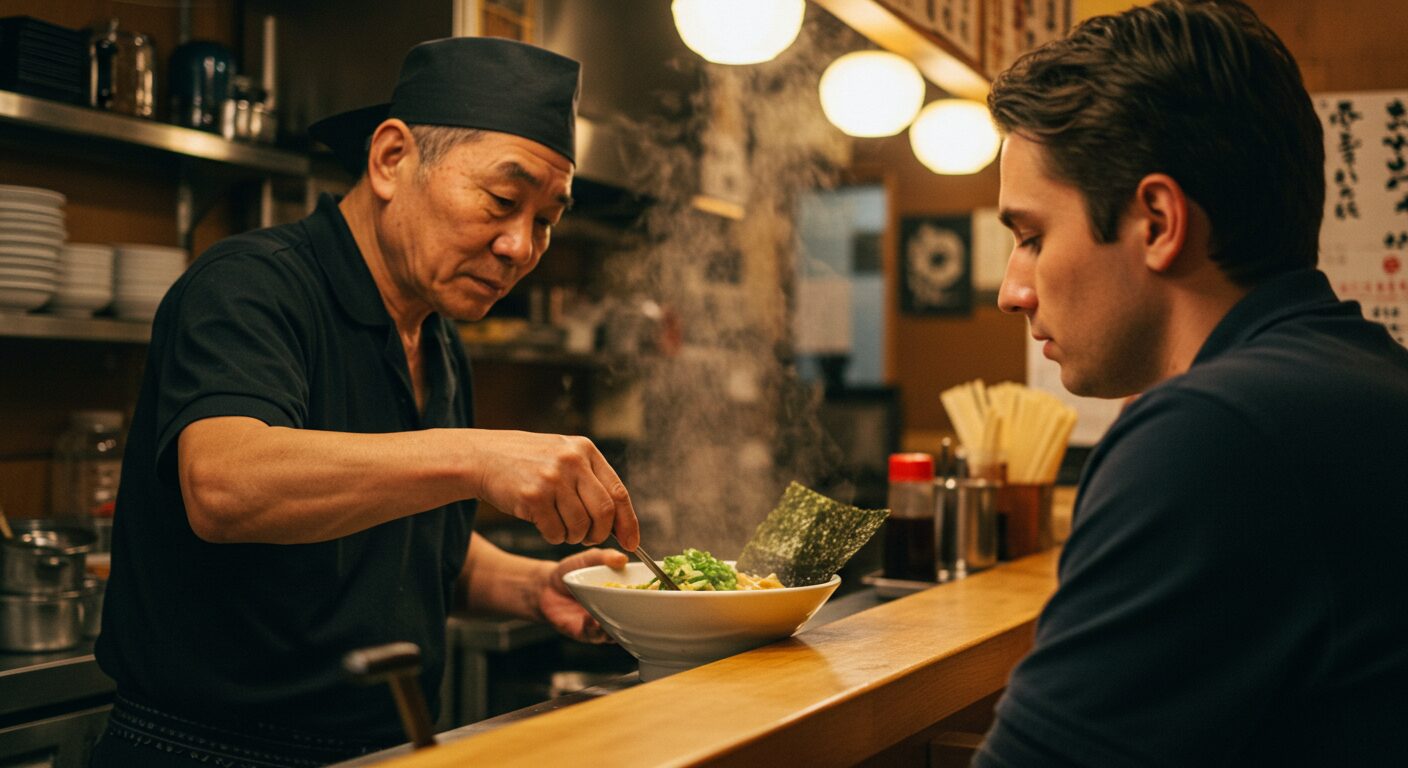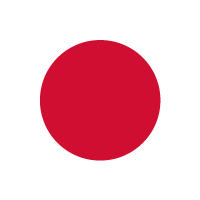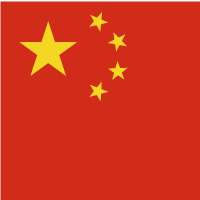

Have you ever wanted to ask “What do you recommend?” at a restaurant in Japan but weren’t sure how to say it? Many travelers have felt that awkward moment when words just don’t connect.
Knowing a few simple Japanese or English phrases can completely change your dining experience. Whether you’re visiting an izakaya, sushi bar, or ramen shop, asking for recommendations helps you discover local flavors you’d never find otherwise.
This guide explains useful phrases, polite ways to ask for restaurant recommendations, and essential dining etiquette in Japan. Once you learn these tips, you’ll order with confidence and enjoy every meal as part of your travel memories.
Common Japanese Phrases to Ask for Recommendations at Restaurants
Asking a staff member for recommendations in Japan is very common, but for beginners, it can feel intimidating. Many travelers say they hesitated because they weren’t sure their Japanese would be understood. The key is to keep your phrases short and polite.
Try saying “Osusume wa nan desu ka?” (What do you recommend?) or “Ninki no ryōri wa arimasu ka?” (Do you have a popular dish?). These simple expressions are easy to understand anywhere, and staff often tell you not only what’s best but also the price range. Asking “Kyō no osusume wa?” (What’s today’s recommendation?) helps you enjoy seasonal or fresh dishes.
Tip: avoid long questions when the restaurant is busy. A short phrase works best and shows respect for the staff’s time. Mastering a few basic Japanese phrases will make your dining smoother and more memorable.
- Osusume wa nan desu ka? — What do you recommend?
- Ninki no ryōri wa arimasu ka? — Do you have a popular dish?
Useful English Phrases to Ask for Recommendations in Japan
In many Japanese restaurants, English isn’t always spoken, but simple phrases go a long way. Expressions like “What do you recommend?” or “What is popular here?” are widely understood, especially in tourist areas.
However, in smaller local eateries or family-run shops, English may not be common. Combine short phrases with gestures or menu pointing to communicate smoothly and avoid confusion.
Asking for recommendations is more than a question—it opens the door to unexpected flavors and local hospitality. A simple “What do you recommend?” can turn an ordinary meal into an unforgettable travel experience.
Real Conversation Examples: Sushi Bars, Izakayas, and Ramen Shops
To fully enjoy Japan’s dining culture, it helps to know phrases that fit different situations. At an izakaya, asking “Osusume no ippin wa nan desu ka?” (What’s your recommended dish?) often leads to discovering tasty small plates that pair perfectly with sake—great value and great experience.
At a sushi bar, try “Kyō no osusume wa?” (What’s today’s recommendation?) to enjoy the freshest catch of the day. In ramen shops, “Osusume no rāmen wa?” (Which ramen do you recommend?) shows interest and respect for the chef’s craft. When the place is crowded, keep your questions brief and polite to maintain good manners.
Learning these short dialogues helps you connect beyond language and feel more comfortable wherever you dine.
Sushi Bar Phrases for Asking Recommendations
- Osusume no ippin wa nan desu ka? — What’s your recommended dish?
- Kyō no osusume, dono neta ga ichiban ii desu ka? — Which fish is best today?
- Shun no osusume o sankan kudasai. — Three pieces of today’s seasonal recommendation, please.
- Karume no osusume arimasu ka? Nihonshu ni awasetai desu. — Any light dishes that go with sake?
- Shiromi-zakana de osusume wa? — Any recommendation for white fish?
- Kyō abura ga notteiru osusume wa? — Which dish has the best fatty fish today?
- Hajimete kita node, mise-rashii osusume o kudasai. — I’m new here; please give me the restaurant’s signature dish.
Izakaya Phrases for Asking Recommendations
- Kyō ichi no osusume wa nan desu? — What’s your top recommendation today?
- Nihonshu ni au osusume wa? — Which dish goes well with sake?
- Jōren-san ga tanomu osusume wa? — What do your regulars usually order?
- Agemono no osusume o hitotsu dake erabunara? — If you had to choose one fried dish, which is best?
- Ten’in-san ga suki na osusume wa? — What’s your personal favorite dish?
- Yosan 3,000-en inai de osusume set wa arimasu ka? — Any good combinations under ¥3,000?
- Ima no kisetsu, ninki no osusume wa nan desu ka? — What’s the most popular seasonal dish right now?
Ramen Shop Phrases for Asking Recommendations
- Osusume no rāmen wa dore desu ka? — Which ramen do you recommend?
- Hajimete nanode, kanban-men o kudasai. — It’s my first time; please give me your signature bowl.
- Men no katasa, osusume no yude-kagen wa? — What noodle firmness do you recommend?
- Kongetsu gentei no osusume wa donna aji desu ka? — What flavor is this month’s special?
Easy Ways to Ask Using Gestures or Translation Apps
Ordering in Japan can feel challenging if you don’t speak the language, but tools like Google Translate make it easier. Just type “Please tell me your recommendation,” and show the translation—it’s quick and accurate enough for most situations.
You can also point at a photo on the menu and ask, “Is this popular?” Combining short English or Japanese phrases with gestures helps communication flow naturally and might lead to discovering a new favorite dish.
Keep your sentences short—the simpler the phrase, the smoother the translation. With gestures and apps, even beginners can confidently ask for recommendations and enjoy a stress-free dining experience in Japan.
You might be interested in this
Japanese Dining Etiquette: Polite Ways to Ask for Recommendations
Asking for recommendations is perfectly normal in Japan, but tone and timing matter. Avoid long conversations when the restaurant is busy; wait for the right moment before speaking.
You don’t always have to order what’s suggested, but completely ignoring the staff’s advice may seem impolite. If you’re concerned about the price, politely ask, “How much is it?” or “O-ikura desu ka?”—this shows respect and avoids misunderstandings.
Following good manners turns a simple question into a meaningful cultural exchange. Politeness and awareness often lead to better service and memorable connections with local staff.
Polite Japanese Phrases for Refusing Recommendations
Sometimes staff may approach you with “Today’s special—would you like to try it?” If it doesn’t fit your budget or preference, knowing how to decline politely is essential.
Say “Kyō wa daijōbu desu” (“I’m fine for now”) or “Mō sukoshi kangaemasu” (“I’ll think about it”). These soft refusals sound polite and natural. Always smile—non-verbal kindness goes a long way in Japan.
Avoid silent gestures or head-shaking, which can feel cold. Add a simple phrase to keep communication warm and respectful. Knowing how to decline politely lets you ask questions freely and enjoy your meal comfortably.
Understanding the Culture Behind “Recommendations” in Japan
When Japanese staff recommend dishes, they’re not just promoting expensive options. Often, they’re sharing the freshest seasonal ingredients or dishes that represent the spirit of the restaurant. This reflects Japan’s deep respect for “shun”—seasonal flavors.
Keep in mind that recommendations aren’t always the cheapest choice. It’s okay to ask, “How much is it?” before ordering. Understanding the staff’s perspective enriches your dining experience and helps you appreciate Japanese food culture on a deeper level.
Conclusion
Asking for recommendations in Japanese restaurants isn’t just about ordering food—it’s a gateway to understanding Japanese culture. Knowing simple phrases lets you communicate confidently, confirm prices politely, and enjoy meals with respect and curiosity. By learning the difference between “popular” and “recommended,” and appreciating the staff’s insight, you’ll gain a deeper connection to Japan’s dining traditions. For an even more fulfilling trip, explore other cultural etiquette topics like onsen bathing or shrine visits to make your journey through Japan truly unforgettable.




